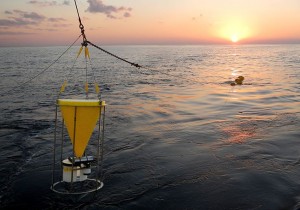
COURTESY OF WOODS HOLE OCEANOGRAPHIC INSTITUTION
Researchers deployed time-series sediment traps 115 kilometers (approximately 70 miles) southeast of the nuclear power plant at depths of 500 meters (1,640 feet) and 1,000 meters (3,280 feet). The two traps began collecting samples on July 19, 2011—130 days after the March 11th earthquake and tsunami—and were recovered and reset annually.
WOODS HOLE – Researchers from Woods Hole Oceanographic Institution have been studying the effects the Fukushima Nuclear Power Plant disaster in 2011 has had in the Pacific Ocean.
WHOI has recently released the results of a three-year study of sediment samples collected offshore in the American Chemical Society’s journal, Environmental Science and Technology.
The purpose of the study is to understand what happens to the Fukushima contaminants after they are buried on the seafloor off of coastal Japan.
The team, led by senior scientist and marine chemist Ken Buesseler, found that a small fraction of contaminated sea floor sediments off Fukushima are moved offshore by typhoons that resuspend radioactive particles in the water, which then travel laterally with Southeasterly currents into the Pacific Ocean.
Researchers used funnel-shaped traps to collect the data at depths of 500 meters and 1,000 meters starting 130 days after the disaster.
The research found radiocesium from the plant along with sediment with a high fraction of clay material in the samples. The clay material is characteristic of shelf and slope sediments and suggest a near shore source.
Buesseler says that more than 99 percent of the contaminated material from the plant moved with the water offshore and that less than 1 percent ended up on the sea floor as buried sediment.






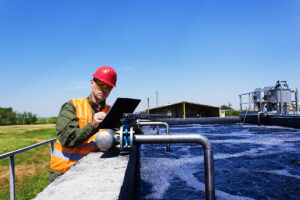

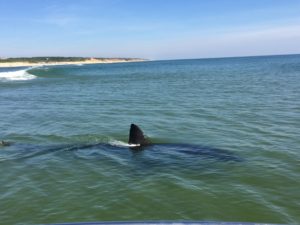

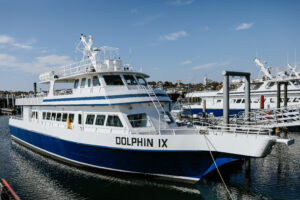


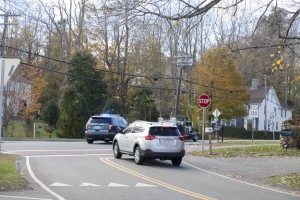











Speak Your Mind